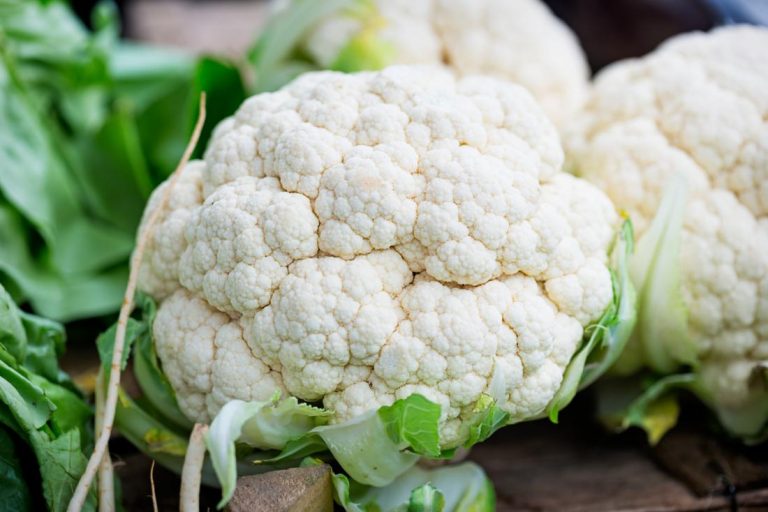
Cauliflower It is a source of many vitamins and minerals that our body needs so much, especially in winter. Adhering to the optimal conditions for its storage, you can keep this vegetable fresh not only in the basement or cellar, but also in an ordinary apartment.
Depending on the chosen place of saving, the keeping time of cabbage will be from 1 to 12 months.
Content
The choice of vegetables for storage in the apartment
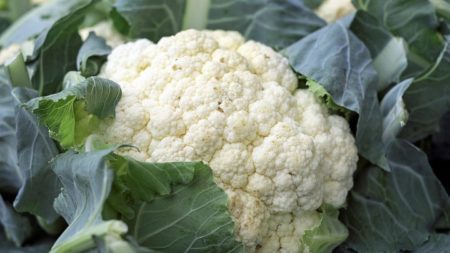
When buying cauliflower, we prefer heads with the following characteristics:
- inflorescences of white color, a slight yellow tint is allowed;
- dense structure of both inflorescences and stems with leaves;
- lack of plaque, stains, damage on the surface of the vegetable;
- green leaves.
Preparation for storing cauliflower from the garden
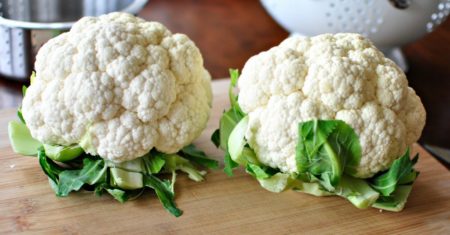
If the vegetable is grown independently, then we collect it as it ripens. To do this, choose clear, cloudless weather. The heads of cabbage on which moisture has accumulated are recommended to be processed as quickly as possible. The optimal size of the vegetable is 8-12 cm, it should not be allowed to mature, as this leads to a significant loss of nutrients.
We cut the heads of cabbage together with four covering leaves and immediately put in a shaded place. The vegetable does not tolerate direct sunlight and quickly turns yellow.
After the heads of cabbage are collected, cover them with a thin cloth and leave them to dry a little.
How to keep fresh
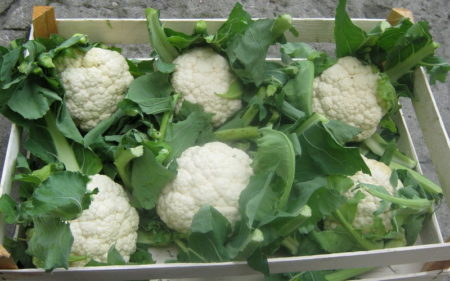
This vegetable loves low temperatures and high humidity. Therefore, we store it at + 0-2 ° C and 90-95%. In the apartment for this we can use:
- Balcony. If the apartment has a glazed balcony and the temperature on it does not drop below 0 ° C, then it is perfect for storing vegetables. We lay out the heads in boxes of wood or plastic so that they do not touch. We cover the container with a dark opaque film or use cardboard. In the absence of such, you can use bags - we wrap heads in them and lay them out. We regularly check the condition of vegetables and change packages when condensation forms.
- Pantry. For storage, we also use boxes and wrap them or vegetables in film. But since the temperature in the pantry is much higher than 2 ° С, the storage time of the vegetable will be much shorter. Therefore, it is better to give preference to storage at low temperatures.
- Fridge. For storage in a refrigerator, we clean the cabbage from stumps and wilted leaves, and then wrap it in cling film. We put in the area for storing vegetables and regularly inspect the crop. Cauliflower is able to retain moisture well, which leads to minimal condensation.
- Freezer. Pre-sort the vegetable into inflorescences, leave in salted water for 15 minutes and rinse them. Further freezing is possible with preliminary boiling or without it. You can dry the cabbage and freeze in this form, but when thawing it will become soft and will fall apart, and also change its taste. If you plan to use it for frying / cooking in batter, then pre-boil the inflorescences for no more than 5 minutes, dry them and freeze. We use plastic containers or special bags on the clasp.
How to store in banks
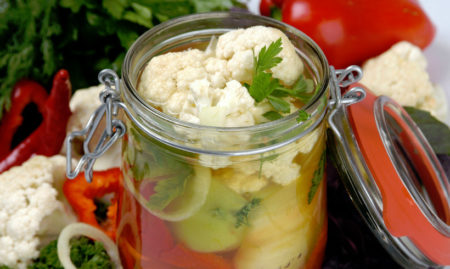
To save cauliflower for a long time, you can additionally use the following methods:
- fermentation;
Cooking sauerkraut using:
- cabbage - 4 kg;
- carrots - 2 pcs.;
- garlic - 6 cloves;
- black and allspice - 10 peas each;
- water - 3 l;
- salt and sugar - 200 g each
Thoroughly wash the jars and lids, dry. We divide the cabbage into inflorescences, soak in water with salt for 15 minutes and rinse them. Peel the carrots and large three. Chop the garlic and mix with prepared vegetables. We boil water, dissolve salt and sugar in it. We put spices and vegetables in jars, pour them with cooled brine. The dish will be ready in 3-4 days.
- pickling;
For one can of pickled cauliflower with a volume of 1 liter, take:
- cabbage - ½ head of cabbage;
- carrots - ½ vegetable;
- water - 1 l;
- salt - 2 tsp;
- sugar - 2 tsp;
- vinegar - 2 tsp;
- bay leaf - 1 pc.;
- cloves - 3 pcs.;
- black pepper - 5 peas.
We sterilize jars and lids. We sort cabbage into inflorescences, soak in salt water for 10-15 minutes and rinse. Peel the carrots and crumble into circles. Spice on the bottom of the container, add vegetables and pour boiling water on it. Leave for 5 minutes, pour the water back into the pan. Boil again, pour sugar and salt into a jar and pour in the vinegar, and then pour the resulting boiling water and roll the container.
- canning.
To prepare canned cauliflower, take:
- cabbage - 5 kg;
- water - 2.5-3 l;
- coarse salt - 0.2 kg;
- vinegar - 200-225 ml.
We sterilize jars and lids. We divide the vegetables into inflorescences, soak in water with salt for 15 minutes. We rinse them and blanch in slightly salty water for 3 minutes, and then drain into a colander. We boil water, pour salt into it and pour vinegar. We spread the cabbage into cans, cool the brine and pour it into containers. We enrich the taste and aroma of the dish by adding black and allspice, bay leaf. Cover, roll up, flip and wrap in a blanket. After the banks have cooled - we rearrange them in the pantry.
Shelf life of cabbage
The storage life of cauliflower depends on in what form it is stored and what place is chosen for its conservation:
- fresh:
- pantry - up to 2 weeks;
- balcony - up to 1 month;
- refrigerator - up to 1 month;
- freezer - up to 1 year.
- pickled - 1-2 months;
- pickled or canned - 1-2 months.
Storage errors
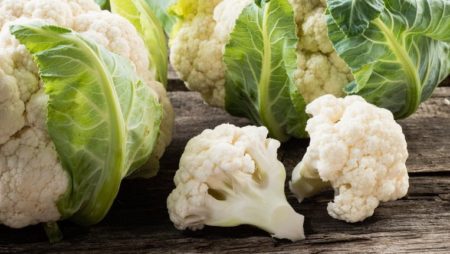
Mistakes made during the collection and storage of cauliflower can affect its keeping quality and the quality of the product as a whole, so we try to prevent the following incorrect actions:
- An overripe vegetable has poor keeping quality and loses a significant portion of nutrients. If you do not comply with the harvest time - the cabbage will begin to deteriorate.
- It is not recommended to store cauliflowers so that they touch each other. This increases the risk of rot formation and the rapid spread of vegetables.
- You can not expose the vegetable to sudden changes in temperature, since it can acquire a black or grayish tint and become bitter in taste.
Advice
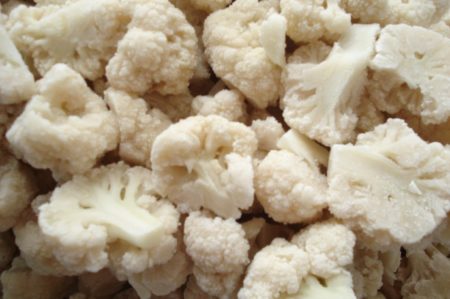
The following tips will simplify the process of saving cabbage and improve its keeping quality:
- At freezing cabbage It is recommended to pack it in small portions, since the vegetable does not tolerate repeated freezing.
- Periodically inspect the cans with preservation for swelling of the lid, which indicates spoilage of the product.
- For storage in the refrigerator, the vegetable can be placed in a jar by adding salt. The neck of the container is covered with parchment.
When storing cauliflower at home, it is important to follow the basic rules and recommendations for its conservation. If there is no way to spread out the cabbages on the balcony, then the refrigerator and freezer will be the best options. The latter will save the vegetable until the next season. An alternative way to preserve the crop will be conservation.

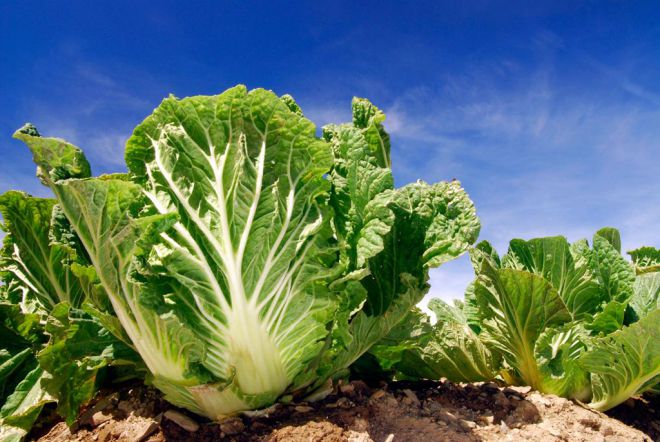 How to grow Chinese cabbage on your site?
How to grow Chinese cabbage on your site?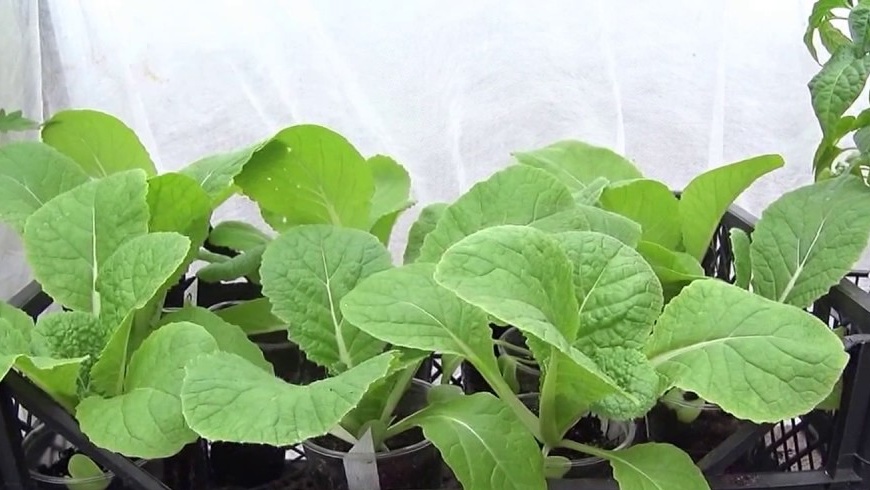 When to plant Chinese cabbage on seedlings in 2024
When to plant Chinese cabbage on seedlings in 2024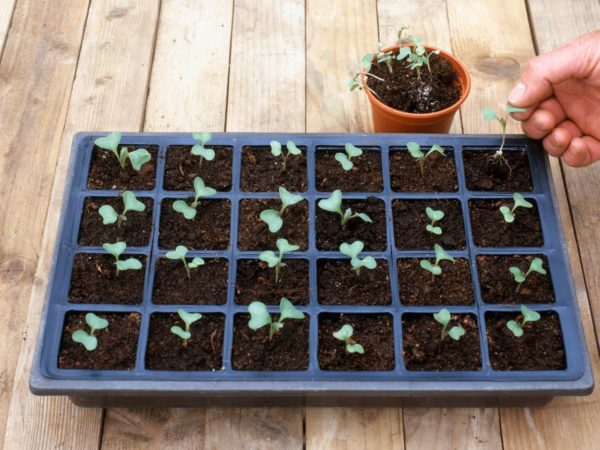 When to sow cabbage for seedlings in 2019 on the moon
When to sow cabbage for seedlings in 2019 on the moon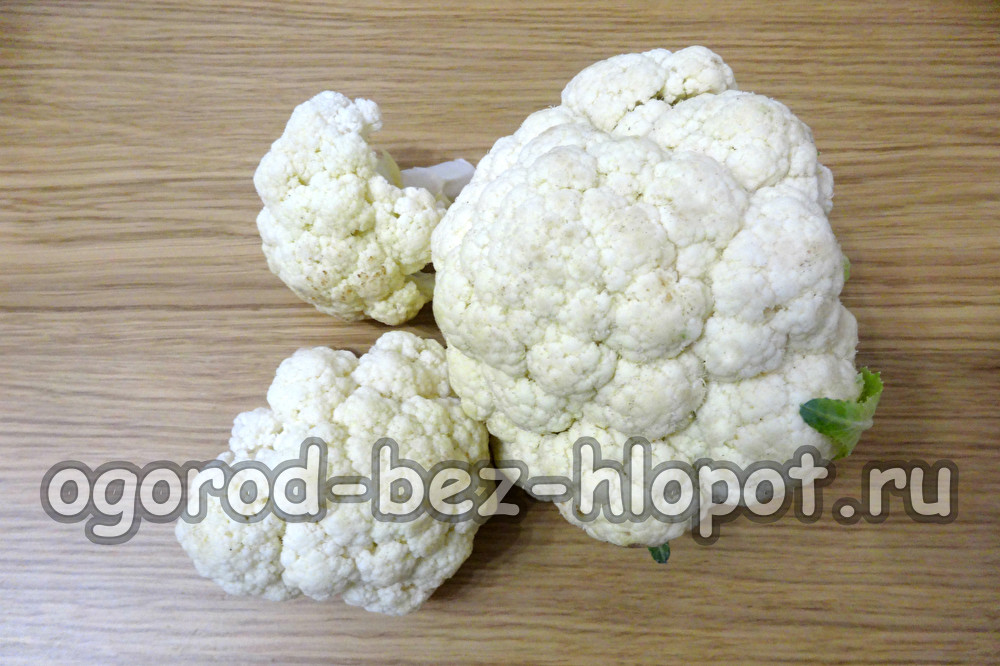 Cauliflower: how to grow large snow-white inflorescences
Cauliflower: how to grow large snow-white inflorescences